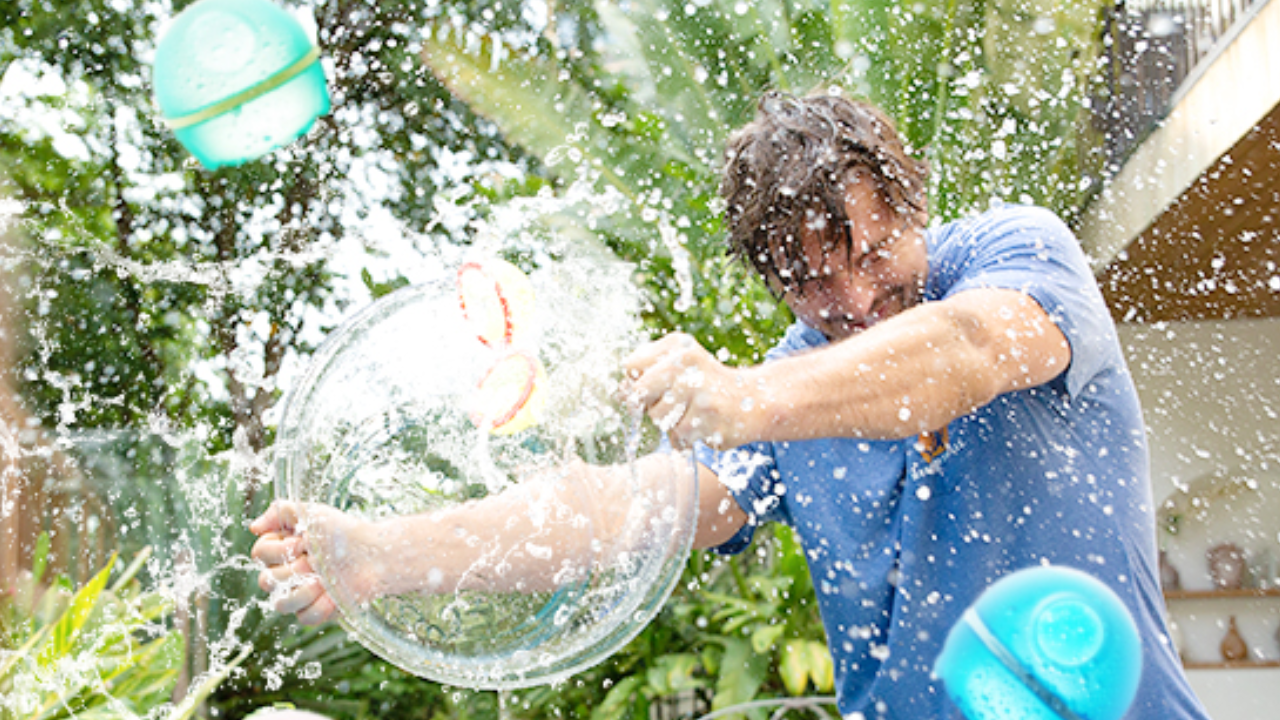Refillable water balloons are an environmentally responsible improvement over conventional single-use balloons in the traditional summer hobby of water ballooning. These balloons are made to last and are intended for frequent use, which lessens the environmental impact associated with disposable plastics.
They are made of sturdy materials like thermoplastic polyurethane (TPU) or latex. Go to the homepage to learn more about the refillable water balloons. Refillable water balloons, which place an emphasis on reusability, not only keep water play aficionados entertained for hours. But they also support the growing trend towards more ethical and environmentally friendly recreation choices.
How Should Refillable Water Balloons Be Used?
Refillable water balloons can be a fun and environmentally friendly method to participate in water play. Follow these instructions for efficient and safe use to get the most out of the experience. Start by choosing a safe outdoor play location that is preferably free of risks and barriers. After deciding on a safe location, fill the refillable water balloons with just the right amount of water, being careful not to overfill them lest they explode upon impact.
Use any self-sealing valves or closure mechanisms the balloons may have to ensure they are securely sealed. Check each balloon for evidence of damage, such as cracks or leaks, before starting the game, and throw away any balloons that show signs of compromise. Once everything is ready, play responsibly by stressing appropriate throwing distances, avoiding the face, and using the appropriate amount of force to ensure that everyone has a good time. To keep a regulated and secure play environment, especially when children are participating, adult supervision is essential.
Safety Precautions When Using Refillable Water Balloons
Although using refillable water balloons can be enjoyable and refreshing, it’s crucial to take safety steps to guarantee a safe and enjoyable experience. For further information on using refilled water balloons safely, see the following:
Age Appropriateness & Supervision:
Think about the participants’ ages. Small pieces in some refillable water balloon items could be a choking hazard for young children. Always abide by the manufacturer’s suggested age ranges. In particular, when younger children are playing with refillable water balloons, adult supervision is essential. Supervisors can keep an eye on the action, direct safe play, and step in if necessary.
Water Pressure & Proper Sealing:
Use adjustable water pressure features with caution. To avoid injury during water balloon battles, follow the manufacturer’s instructions and refrain from using too much water pressure.
Check the refillable water balloons for signs of deterioration, such as fractures, leaks, or weakening sections, before each use. Use only intact balloons; broken balloons could be dangerous.
Checking for Damage & Choosing Appropriate Play Areas
Choose play spaces free from impediments or sharp things that could injure children when they are playing with water balloons. Inform participants, especially kids, about appropriate play techniques. Stress the necessity of not hurling water balloons too closely, directly at the face, or with excessive force.
Educating about Safe Play and Avoiding Slippery Surfaces
Inform participants, especially kids, about appropriate play techniques. Stress the necessity of not hurling water balloons too closely, directly at the face, or with excessive force. Avoid slipping on wet surfaces, especially if there is water present in the play area. Think about the possibility of falls and choose play spaces with the right traction.
Emergency Preparedness & Environmental Considerations
Keep a first aid kit close by to be ready for any potential minor injuries, such as slips or falls. Make sure that participants understand how to handle minor injuries and emergency procedures. Be aware of the surroundings when participating in the water balloon activity. Avoid regions where water balloon debris might harm nearby plants, animals, or ecosystems.
Avoiding Overfilling and Hydration
Don’t inflate the balloons too much. To prevent bursting upon impact and lower the danger of harm, abide by the manufacturer’s suggested guidelines for water volume. Remain hydrated, especially if it’s hot outside. To avoid dehydration while participating in water balloon activities, make sure participants are drinking water.
Final Talk
The environmental issues raised by conventional single-use balloons are addressed admirably and creatively by refillable water balloons. These balloons, which are made of sturdy, sustainable materials, not only provide a sustainable option for water play but also encourage a change in consumer behavior toward sensible, reusable alternatives. Since they are designed to be reused, they help minimize plastic waste while also becoming more affordable over time.

